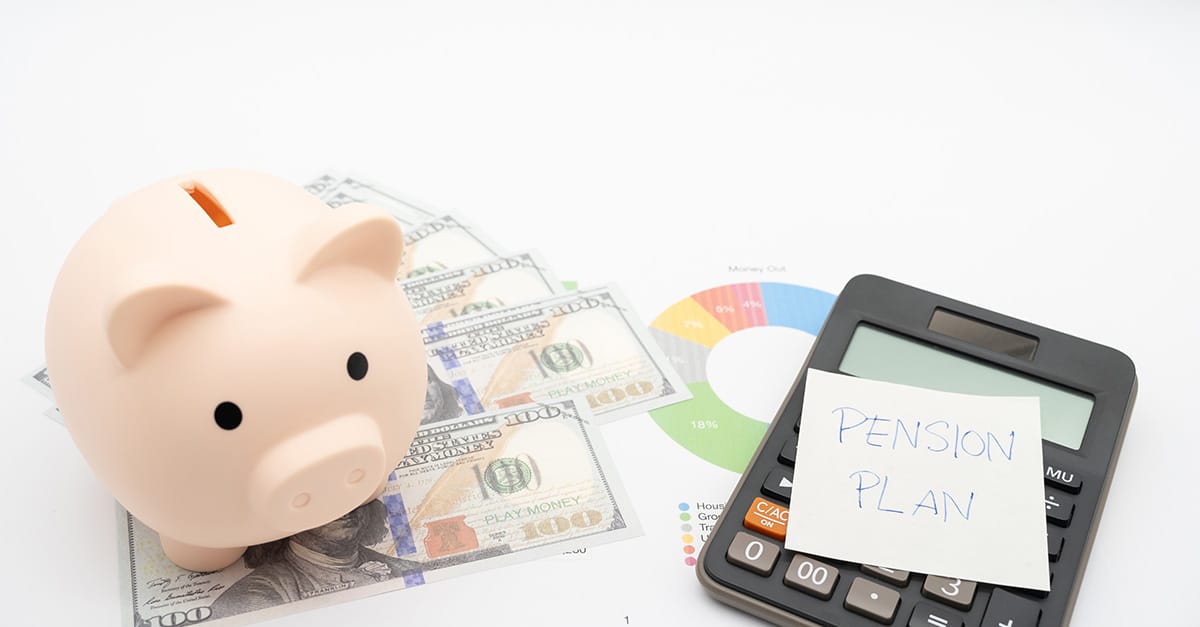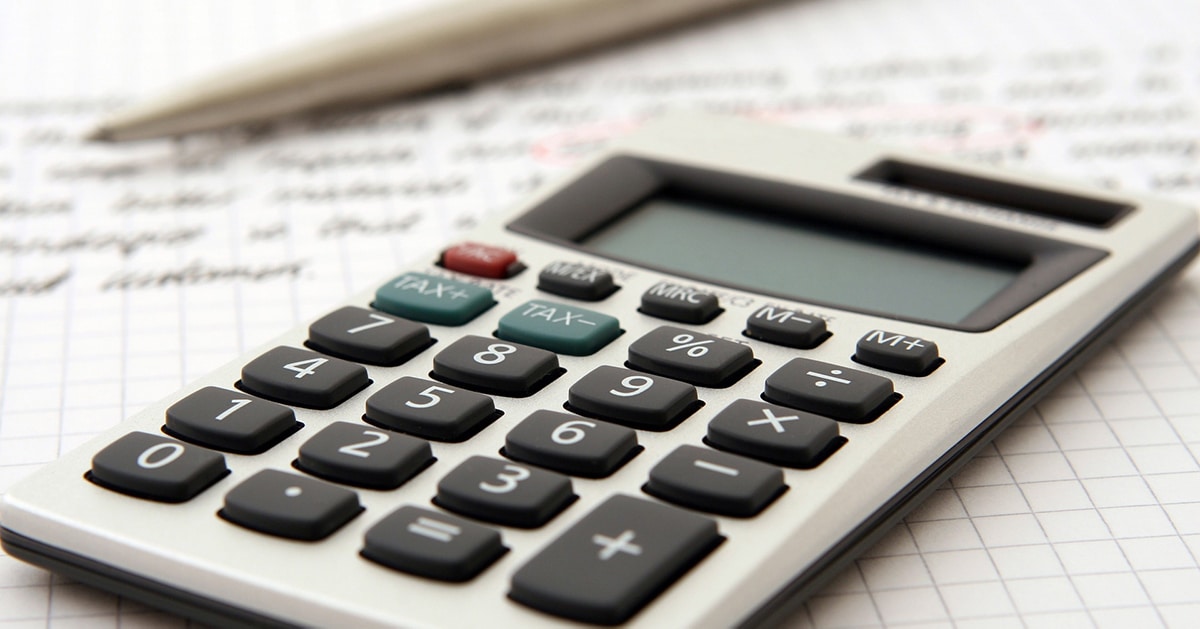What Is a Yield Curve?
A yield curve is the relationship between interest rates and time, and is determined by plotting the yields of bonds with equal credit quality against their maturities.
What Does the Yield Curve Tell You?
By looking at the yield curve of bonds having equal credit quality but differing maturity dates, the slope of the curve will give you a good idea of the future interest rate changes and economic activity.
Yield curves can take the form of three shapes: normal (upward sloping curve), inverted (downward sloping curve), and flat. A normal yield curve shows yields on longer-term bonds continuing to increase, pointing to an economic expansion. An inverted yield curve shows that short-term interest rates exceed long-term interest rates, pointing to an economic recession. When the yield curve is flat, the yields are similar across all maturities, indicating an unpredictable economic situation.
Why Is the Yield Curve Important?
It gives insight into what the totality of all investors see within the economy and can be an indicator for evolving market conditions. The yield curve essentially reflects the opinion of all market participants, so it will give you the best idea of what is really going on with the market.
Besides helping investors determine how the market is performing, the yield curve also has a huge impact on the economy’s money supply. It can influence the ability of individuals and businesses to obtain traditional bank loans. If there are concerns about future economic growth (i.e., the flatter the curve), the market is reluctant to require higher rates, which forces banks to loan money at lower rates. Consequently, due to lower interest rates, banks are less incentivized to give loans, since there are risks involved. This negatively affects the economy, as individuals and businesses won’t be able to borrow as easily.
What Is Yield Curve Inversion?
An inverted yield curve slopes downward and can predict an economic recession. It indicates that long-term debt has lower yields than short-term debt and that shorter term bonds have higher returns than longer term bonds.




